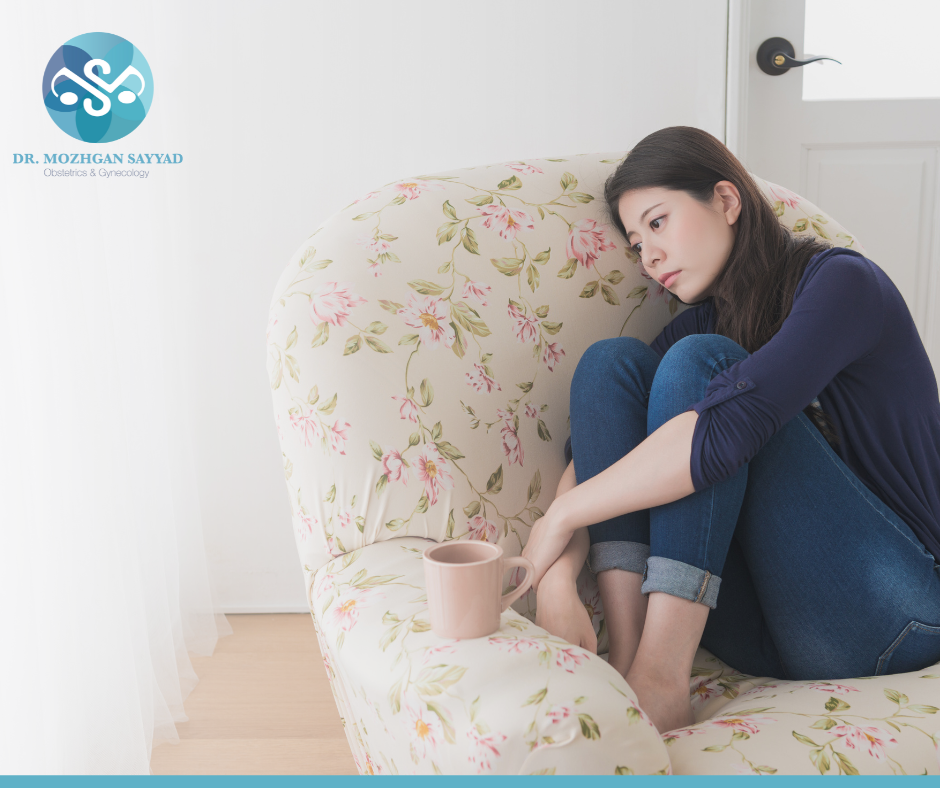Introduction to Polycystic Ovary Syndrome & Understanding its Traits.
Polycystic Ovary Syndrome [PCOS] is a common ovary disorder that affects women during their reproductive years. Primarily, PCOS is characterized by three crucial features, they’re:
- Excess Androgen: Women with PCOS have an abnormal amount of androgen, a male sex hormone, which results in symptoms like excessive facial or body hair.
- Polycystic Ovaries: In PCOS, the ovaries are surrounded by numerous fluid-filled sacs [cysts] that contain several immature eggs [follicles]. Contrary to its name, not all women with PCOS will develop cysts.
- Irregular Periods: As PCOS is a hormonal imbalance, women don’t have adequate hormones to ovulate. When ovulation fails, it can lead to irregularities in the menstrual cycle.
A woman is diagnosed with PCOS if she has at least two of the above symptoms.
According to recent statistics, the prevalence of PCOS has jumped from 1.19% in 2020 to 2.72 in 2022. It’s essential to understand PCOS in depth as it poses long-term health complications, including type-2 diabetes, cardiovascular disease, and endometrial cancer, which is regarded as one of the most common gynecological cancer in the UAE.

The Four Phenotypes of PCOS
Throughout medical history, experts have made countless attempts to understand and classify PCOS. It began in 1990 when the National Institute of Health [NIH] classified women with hyperandrogenism and oligo-ovulation with PCOS but excluded the aspect of endocrine disorders. In an attempt to better understand PCOS, the expert committee at Rotterdam also created a definition for PCOS but included only two of its three vital features. As medical research evolved and new discoveries were made about polycystic ovary syndrome, the NIH consensus panel proposed a phenotypic approach to classify PCOS in 2012.
Phenotype refers to the observable traits of an individual. It can be their height, eye color, blood type, etc. A person’s phenotype is determined by their genetic makeup [genotype] and environmental factors. Keeping this definition in mind, a phenotypic approach or screening is a robust methodology in biological research that identifies substances like small molecules that alter a cell’s phenotype. Phenotypic screening primarily targets disease biology or pathways that lead to complex genetic issues.
Today, PCOS is classified under four common subphenotypes. They’re:
- Phenotype A: A full-blown PCOS syndrome that includes hyperandrogenism [HA], ovulatory dysfunction [OD], and polycystic ovaries [PCO] [HA+OD+PCO]
- Phenotype B: A non-PCO classification that includes hyperandrogenism [HA] and ovulatory dysfunction [OD] [HA+OD].
- Phenotype C: An ovulatory classification that includes hyperandrogenism [HA] and polycystic ovaries [PCO] [HA+PCO].
- Phenotype D: A non-hyperandrogenic classification that includes ovulatory dysfunction [OD] and polycystic ovaries [PCO] [OD+PCO].
A study published in 2012 by NIH observed over 150 women and discovered that phenotypic group A was the most prevalent phenotype of PCOS. This group has a higher frequency of obesity, hyperandrogenism, insulin resistance, deranged lipid profile, and metabolic syndrome, thus leading to hyper risk of adverse metabolic and cardiovascular conditions. On the contrary, phenotype D was found to be the least severe presentation of PCOS.

Decoding the Phenotypes
Hyperandrogenism
Hyperandrogenism is a hormone imbalance that results in an abnormal amount of male sex hormones called androgens. Although everyone produces androgens, men make more of them. It’s estimated that women only have one-twelfth of the androgen men make. The symptoms of hyperandrogenism vary depending on the age.
- Symptoms of Hyperandrogenism in Pre-Pubertal Girls
1. Enlarged Clitoris
2. Oily or Acne-Prone Skin
3. Excess Body Hair [Upper Lip, Chin, Chest, Abdomen, and/or Back]
- Symptoms of Hyperandrogenism in Women
1. Oily or Acne-Prone Skin
2. Excess Body Hair [Upper Lip, Chin, Chest, Abdomen, and/or Back]
3. Abnormal Menstruation
4. Infertility
5. Androgenic Alopecia or Male-Pattern Baldness
The medical treatment for hyperandrogenism varies according to its cause. For instance, in some cases, women may be prescribed antiandrogen drugs to block the effects of androgen or recommended surgery to remove one or both ovaries in severe hyperandrogenism.
Ovulatory Dysfunction
Ovulatory dysfunction is a combination of several conditions resulting in the same outcome; irregular or absent ovulation. Therefore, ovulatory dysfunction is defined as abnormal, irregular [with less than nine menses per year], or absent ovulation. Symptoms of ovulatory dysfunction include:
- Irregular or Absent Menstruation
- Absent Molimina [Uncomfortable symptoms women may experience before menstruation like breast tenderness, lower abdominal bloating, headache, fatigue, or mood swings]
Typically, ovulatory dysfunction is treated by addressing the underlying cause of the condition or by inducing ovulation through hormonal or metabolic medications.
Polycystic Ovaries
As mentioned in our introduction, women with PCOS may have several follicles containing immature eggs that develop around the ovary. Their ovaries may not work as they should and may be seen as larger than usual. However, these ovarian cysts aren’t painful or dangerous.
In conclusion, the phenotypes of PCOS showcase the complex and heterogeneous nature of the condition. Understanding these phenotypes is crucial as it paves the way to accurate diagnosis, personalized treatment, and improved patient outcomes. By decoding the intricate play between genetic and hormonal factors, healthcare professionals can develop targeted therapies and better the lives of women affected by PCOS. If you want a more in-depth understanding of PCOS, including its treatment and prevention, read our guide to PCOS.

Get Help with Dr. Mozhgan
Polycystic Ovary Syndrome [PCOS] is a common condition that impacts many women during their reproductive years. With proper medication and guidance, the symptoms can be easily managed. If you’re searching for the best gynecologist in UAE to help you on your PCOS journey, meet Dr. Mozhgan Sayyad. With countless years of experience and knowledge, she is the best person to help you navigate PCOS with absolute ease!


